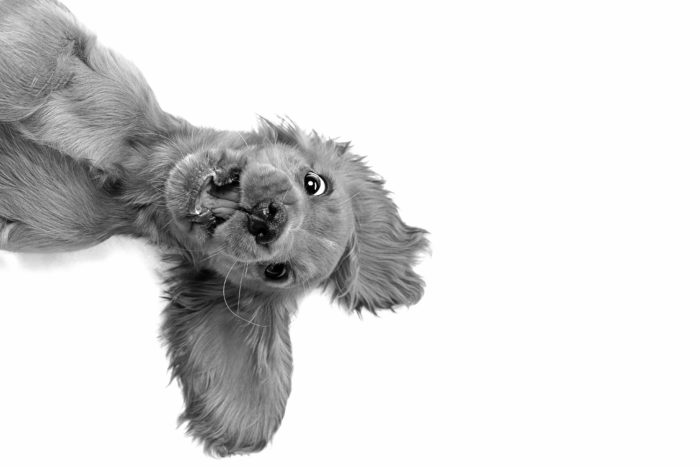Time Outs: Turn the Other Cheek
Similar to time outs that parents give to kids, a time out is exactly what it sounds like.
The dog is cut off from any inappropriate behavior he is doing while interacting with you. In order for a time out to be potent, it must be immediate, short in duration and the environment the pup is placed in for the time out should not be more reinforcing than the one he was removed from.
A time out should only last 15 to 30 seconds. If one or two timeouts don’t do the trick then it isn’t working and it might be time for a nap or to change your plan to something that the puppy can succeed in and perhaps a calmer environment.
Time outs also need to be practical. Standing up and walking away when a puppy is chewing on the dining room furniture is not going to work.
In the instance of a puppy who is playing too rough and you can’t redirect, simply placing the pup in his crate for some down time with something he loves to chew may be a good strategy. Often excessive biting is due to the puppy needing a nap.

Don’t Turn Your Back On Me!
That’s right, the old back turning trick: might be an effective strategy when a pup won’t quit jumping on you. What is equally important is that you give the puppy treats for keeping four on the floor. Reward the behavior you want to see more of. As always, good timing is essential. Ideally, you turn your back or step sideways as the puppy is attempting to jump on you. Wait for about 5 seconds before you treat him to avoid the jump/sit behavior chain. Once you give him the first treat, follow quickly with more to keep those paws on the floor. A leash is also a very helpful tool in this situation to help prevent the unwanted jumping behavior.
Note: Jumping up to greet humans is natural dog behavior. We need to teach the dog an alternative, such as keeping four paws on the floor or sitting when he meets people.



